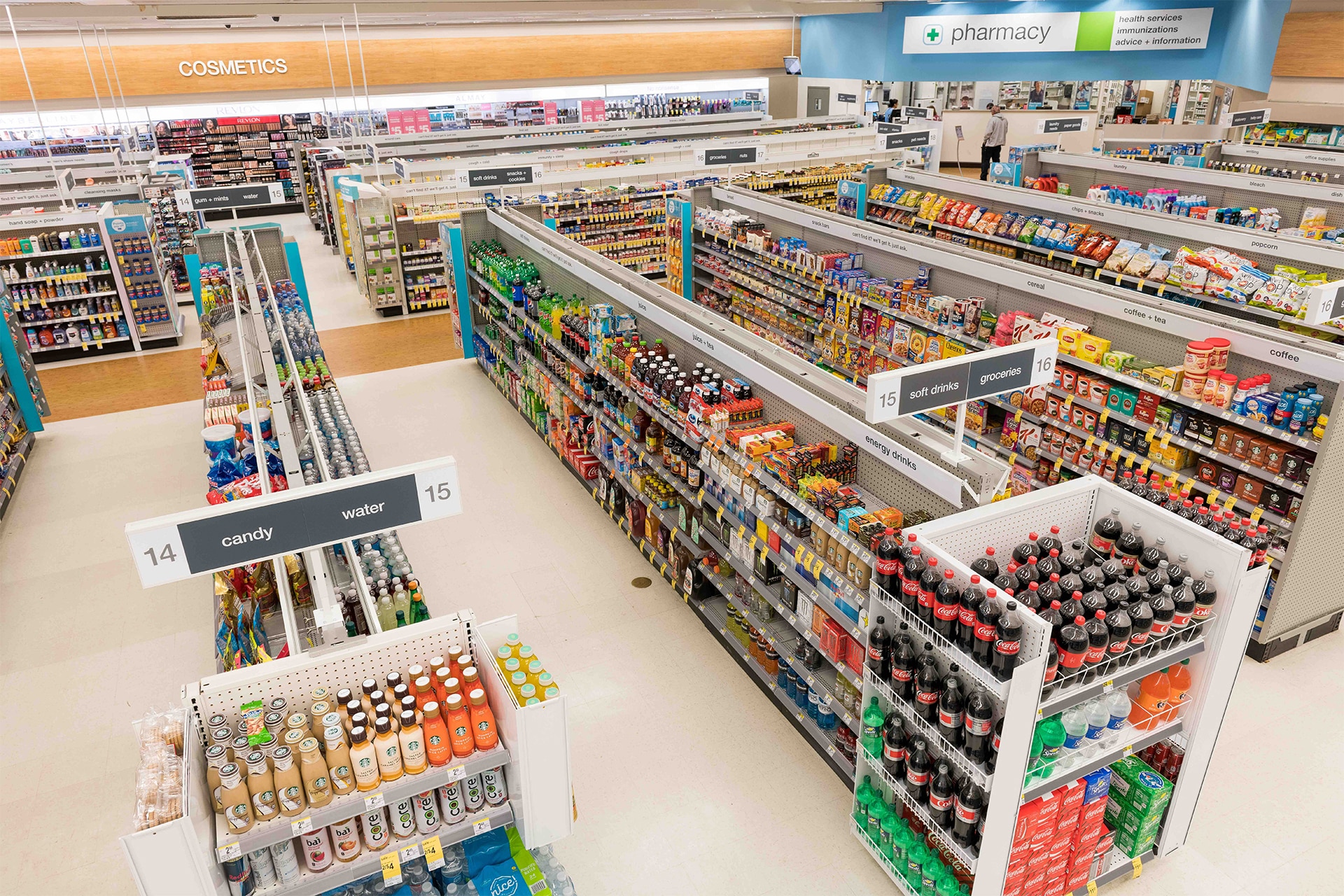A survey by Coresight Research and Simbe found retailers across multiple channels report losing 4.5% in revenue on average because of in-store inefficiencies.
The Coresight/Simbe survey addresses the do-it-yourself/home center, drugstore, grocery, mass merchandise and warehouse club channels. The survey also reveals most retailers are aware of the challenges and are taking steps to recover dollars lost to less-then-efficient practices.
The survey results suggest the application of increasingly sophisticated technologies can have a positive effect in stemming losses from in-store retail inefficiencies. By addressing the concern, retailers in the cited channels could capitalize on a revenue opportunity of $127.9 billion in 2024, growing to $143.3 billion in 2027, the survey from market researcher Coresight and Simbe, a provider of in-store Intelligence technology, concluded.
According to Coresight research analysis, more than 96% of retailers experience challenges in pricing and promotion execution, as well as planogram compliance, at a 93% rate; allocation and assortment planning, at 93%; and managing out-of-stocks, at 92%. At the same time, fewer than 30% of retailers have full visibility on each of those four store-related business functions, which could mean challenges are more substantial than retailers realize. Out-of-stocks is the concern with the lowest visibility, according to the survey, as 45% of respondents report moderate/slight/no visibility.
Without a clear understanding of how they are performing in this area or a complete picture of the challenges they are experiencing, retailers may struggle to implement effective strategies that address critical underlying issues that impact their operations. Tracking data and what’s happening in stores can help retailers gain visibility into their operations, identify opportunities for improvement and make informed decisions to enhance efficiency.
The most widespread challenges faced by retailers, cited by at 35% of survey respondents as among their top five challenges, are product pricing errors, lack of real-time information on stock levels, lack of real-time information on product location, misplaced or missing items on store shelves, and overstocking/understocking of products. Among other impacts, such challenges can frustrate customers, waste staff time and result in lost sales. By addressing those challenges, retailers can enhance operational efficiency, improve customer satisfaction and drive sustainable business growth.
The foremost challenge is pricing errors, Coresight pointed out. Three-quarters of retailers surveyed reported a mispricing rate of at least 5%, and one in five retailers reported a rate of above 15%. High mispricing rates have multiple negative consequences, including loss of revenue, customer dissatisfaction and damage to brand reputation. By investing in robust pricing systems, implementing effective quality-control measures and providing effective training to staff, retailers can reduce the likelihood of errors and bring down the mispricing rate.
Coresight maintained that 40% of retailers have experienced gross sales loss of more than 5% due to four types of store inefficiency, with an overall average of 4.5% loss. Poor pricing and promotion execution drive the greatest loss, on average at 4.8%, followed by out-of-stock. at 4.7%; a lack of planogram compliance at 4.3%; and insufficient allocation and assortment planning at 4.2%. The financial losses attest an urgent need exists for retailers to address and mitigate in-store inefficiencies to protect their top line and remain competitive in the market.
Coresight indicated that 70% of surveyed retailers reported losing more than 5% operating margin due to each of the four types of store inefficiency. The impact on pricing and promotional execution is heaviest.
At least some store operators are taking action. The survey revealed about half of all retailers are investing in store intelligence technologies to manage out-of-stocks, execute pricing and promotion, ensure planogram compliance and optimize allocation planning. For each function, four in five retailers that are not currently investing have plans to do so within the next 12 months. The proportions suggest retailers are becoming more aware of the role technology can play in optimizing store operations.
Store intelligence technologies can improve retail operations by enhancing critical store-related processes, Coresight suggested. The most widespread positive impacts of such technologies are in the domains of price planning and out-of-stock reduction, according to the survey, each cited by 49% of respondents. Among surveyed retailers that are currently investing in store intelligence technologies, the highest proportions are investing in advanced data analytics solutions, at 62%; promotion and price planning/optimization, at 60%; and automated inventory tracking systems, at 58%. Automated inventory tracking systems emerged as the top technology in terms of planned investments. Vendors offering automated inventory tracking systems present retailers with an opportunity to improve operational efficiency, enhance customer satisfaction and gain a competitive edge in the market, Coresight maintained. The survey found that 58% of retailers that are planning to invest in store intelligence technologies over the next 12 months will spend at least $100,000, and 17% are planning to invest at least $200,000. On average, retailers will invest $160,450 for technologies that drive in-store business growth and reduce labor and operational costs.
Coresight asserted the survey findings identify pervasive challenges facing retailers in managing in-store operations, highlighting issues such as out-of-stocks, pricing and promotion errors, planogram non-compliance and ineffective allocation and planning that can be driven by supply chain disruptions and data deficiencies. Inefficient operations lead to revenue loss, eroded customer trust and diminished brand reputation, emphasizing the urgent need for technological investment, particularly in-store intelligence capabilities, to enhance efficiency and competitiveness.
Many retailers understand technology can transform their ability to optimize pricing, promotions and inventory management, Coresight observed, while fostering stronger supplier collaboration. The retail landscape is always highly competitive, and consumer expectations continue to evolve. Leveraging technology can help retailers stay ahead of rivals, enhance operational efficiency and deliver superior customer experiences.





